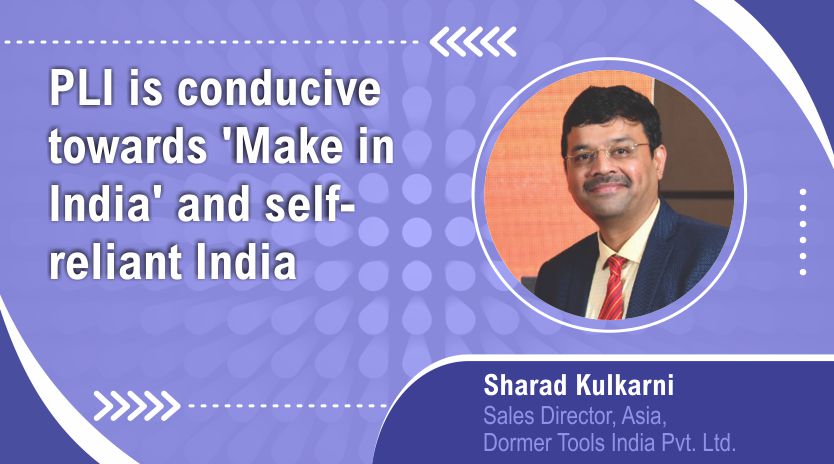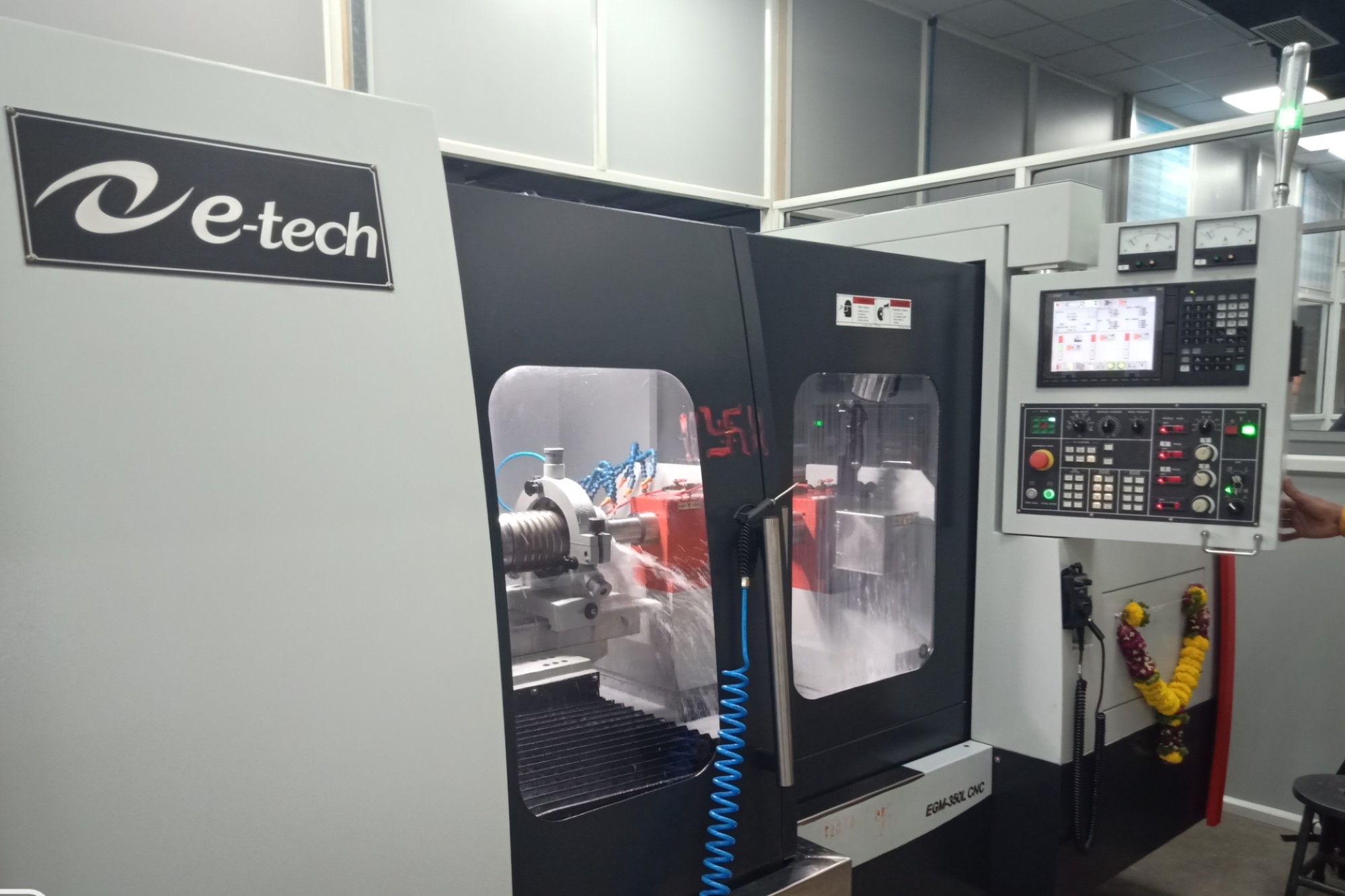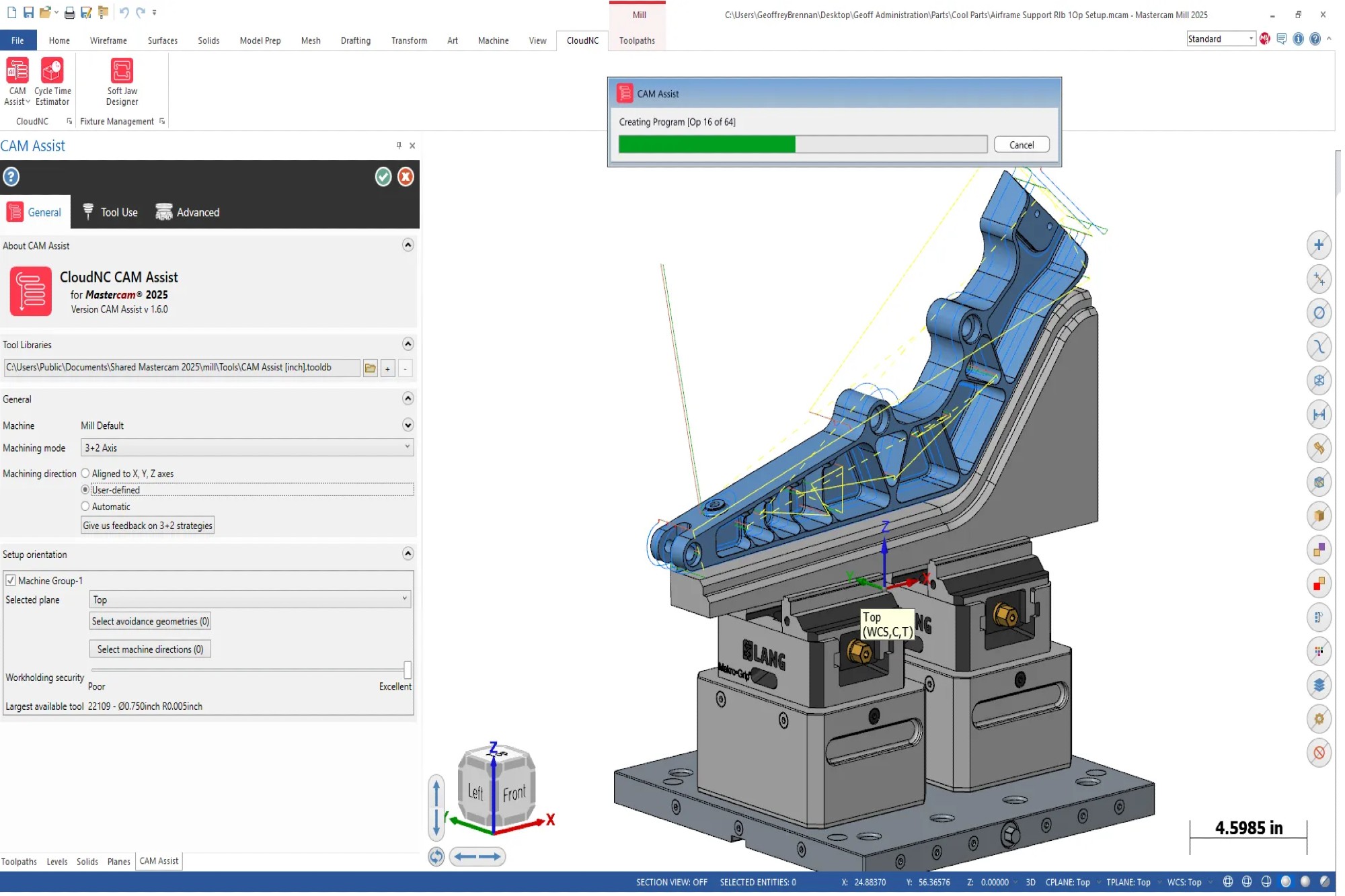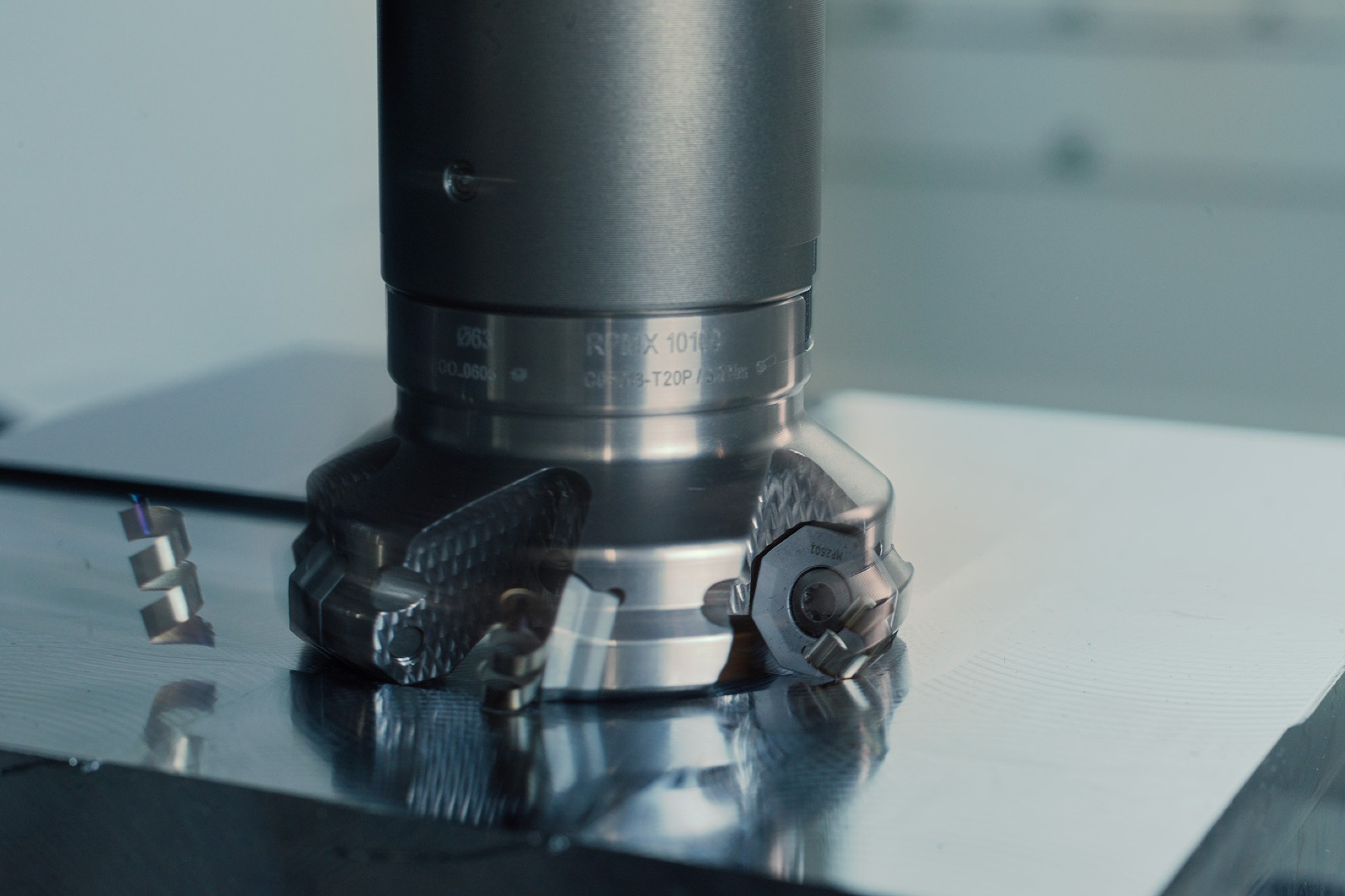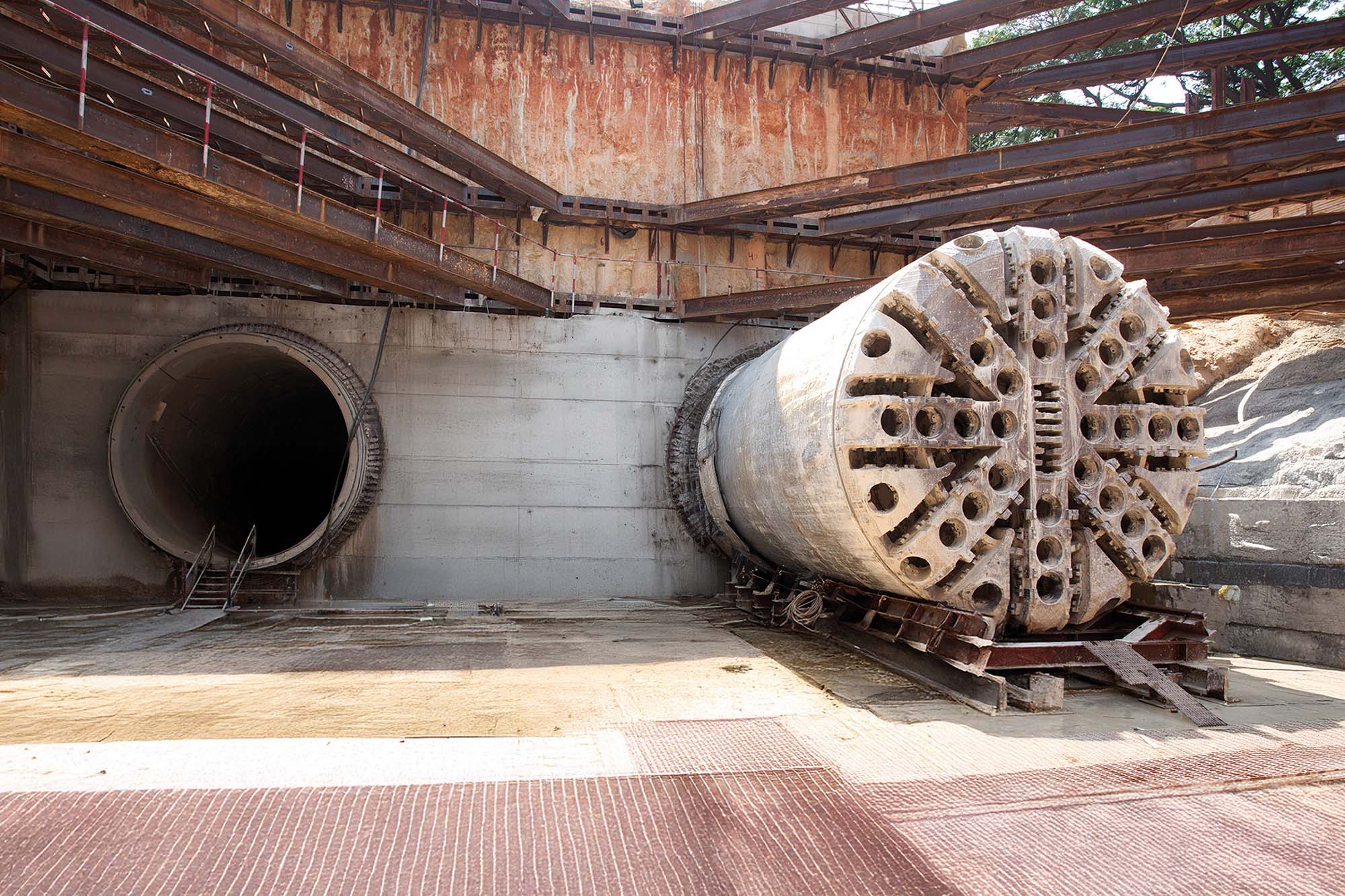PLI is conducive towards ‘Make in India’ and self-reliant India
By OEM Update Editorial June 8, 2022 5:24 pm IST
For India we have to take even stronger steps to embrace Industry 4.0 / and other digital technologies especially for the small and medium scale industries.
Talking about digitalisation with OEM Update, Sharad Kulkarni, Sales DirectorAsia, Dormer Tools India Pvt. Ltd., remarks, it is a strong enabler for efficiency.
Latest trends and innovation impacting machine tools industry
The everlasting consumer aspiration for superior and innovative products (both in durables and non-durables) coupled with consistent quality and price efficiency has brought a lot of demand on manufacturing companies to bring up new products much faster and in a cost effective manner. This in turn puts a lot of demands on machine tool and cutting tool industry to improve productivity and also superior machining economics. Along with this, digitalisation as strong enabler for efficiency, has propelled towards high end technology like multiaxis machining, high speed machining and integration of various elements of manufacturing like IOT. In the area of cutting tools, new grades, geometries, superior tool performance and ease of availability are becoming key parts of the offer.
Manufacturing with Industry 4.0/ 5.0
Industry 4.0 / 5.0 is a euphemism for a basket of technologies like IOT, 3D printing, AR/ VR, AI automation etc., are influencing the very heart of the manufacturing process. It has potential to bring in unprecedented changes in manufacturing process through innovation. This itself has multi-dimensional impact on manufacturing assets and its utilisation, people competency, environmental impact and business sustainability. For India we have to take even stronger steps to embrace I4.0/ and other digital technologies, for the small and medium scale industries.
PLI to impact manufacturing and production to increase with AI, IIoT and additive manufacturing
While AI, IOT additive manufacturing are enablers from a technology perspective, the PLI is an initiative taken by the government from a trade and business economics perspective. PLI is a great step towards “Make in India” and self- reliant India. Naturally to be globally competitive both things have to come together for the contribution of manufacturing in GDP growth. PLI is being used for manufacturing sectors like Automotive, Pharma, ICT and Textiles.
PLI to help in boosting manufacturing output enough to export
The PLI would encourage private companies to increase output as incentive is on the increased production. This step will also encourage companies to increase capacity which will in turn set a chain of economic activities in capital goods and other sectors. This has potential to reduce unemployment and increase exports besides domestic consumption. So overall, it is big, positive and something that will support manufacturing segment. The gross -capital formation in the economy has become stronger and which is good potential growth enabler for the future.
Design-led manufacturing for 5G
Design gets its efficiency and fosters innovation through greater collaboration, sharing of data among the various stake holders. Today various stakeholders are not restricted to just the manufacturing entity and its suppliers, but also a huge eco-system of consumers, students, startups etc. So, with 5G and higher internet speeds will further strengthen this ecosystem and help to bring new, innovative products at faster pace by tremendous improvements in design process.
Will foreign collaboration and tie-ups lead to expansion of manufacturing units’ capacity in India?
Foreign collaboration and tie-ups bring in investments but also bring in new technology. This in turn helps us to modernise our overall capacity but also teaches us new skills required in this modern world. India is in a very sweet spot currently to attract new collaborations and tie-ups. It would help us to leap-frog towards becoming a stronger and modern economy.
Government’s aim to introduce PLI
The government has clearly set its eyes to grow the economy faster in order to achieve its target of USD 5 trillion economic size. So this is a step in right direction.
Cookie Consent
We use cookies to personalize your experience. By continuing to visit this website you agree to our Terms & Conditions, Privacy Policy and Cookie Policy.



